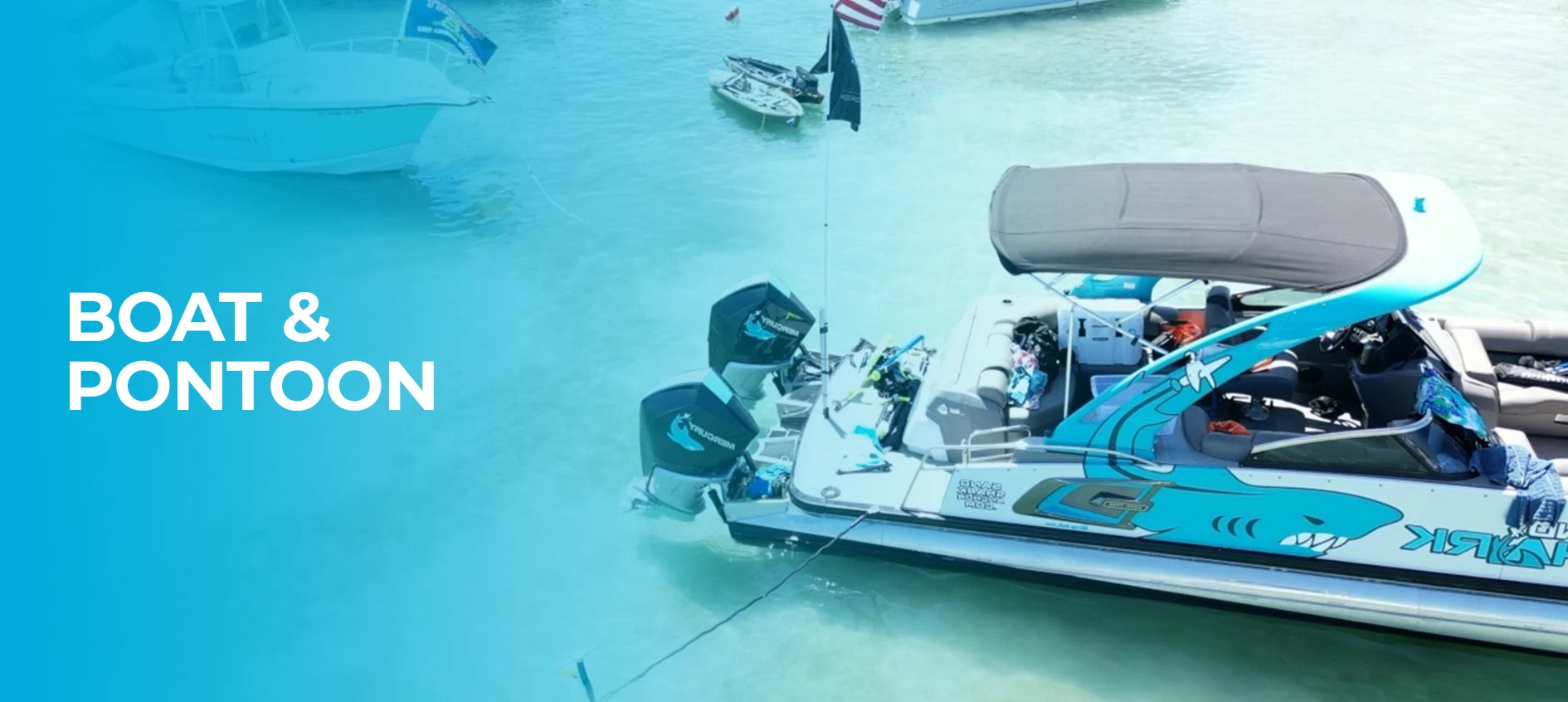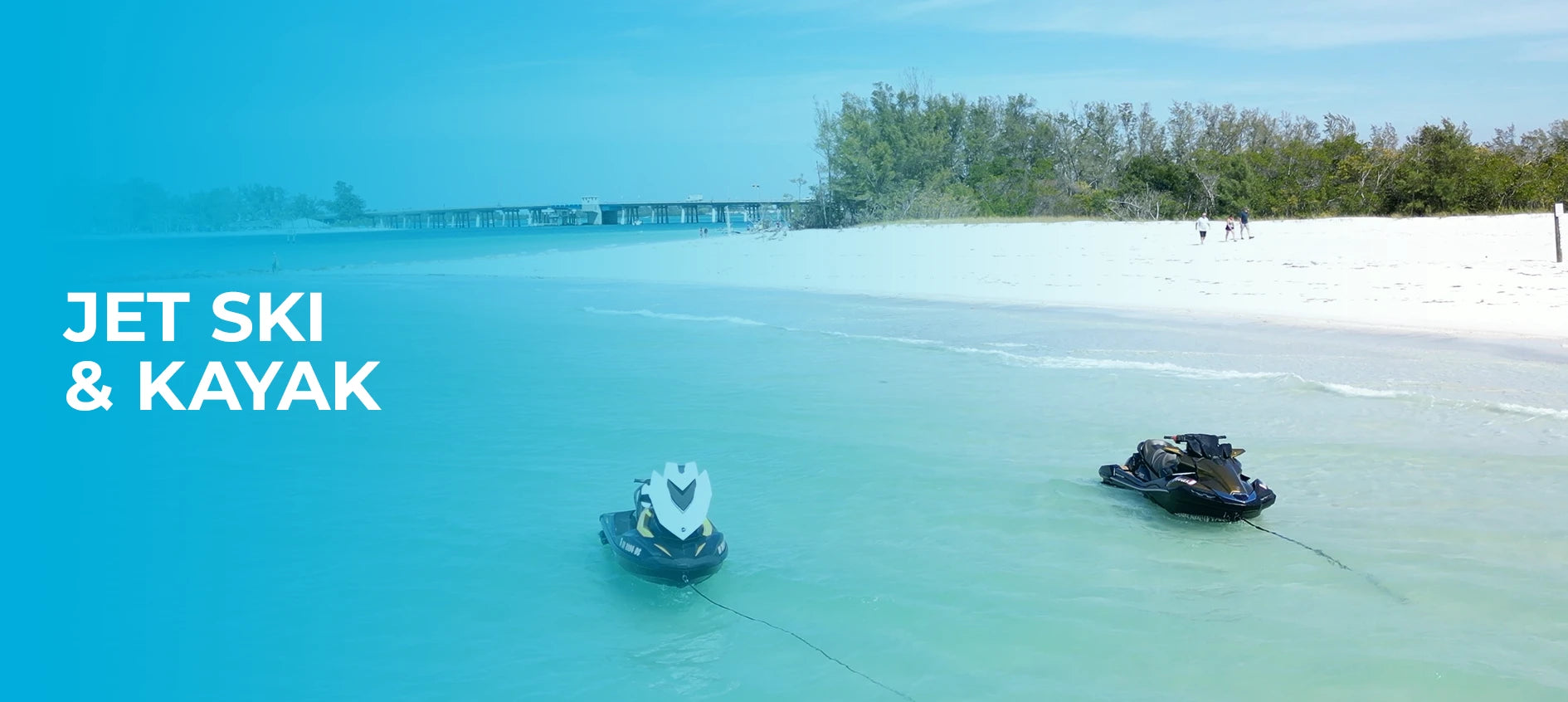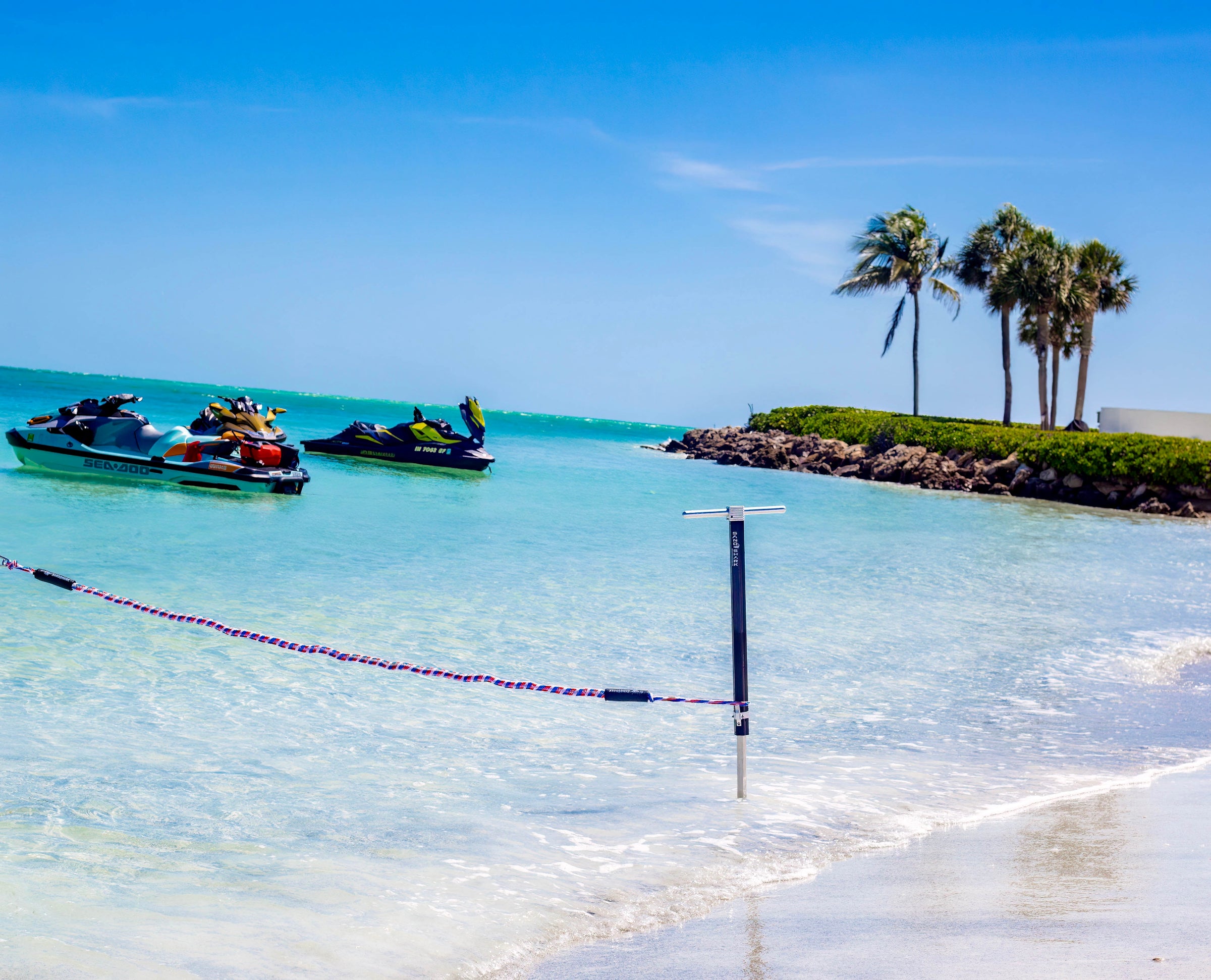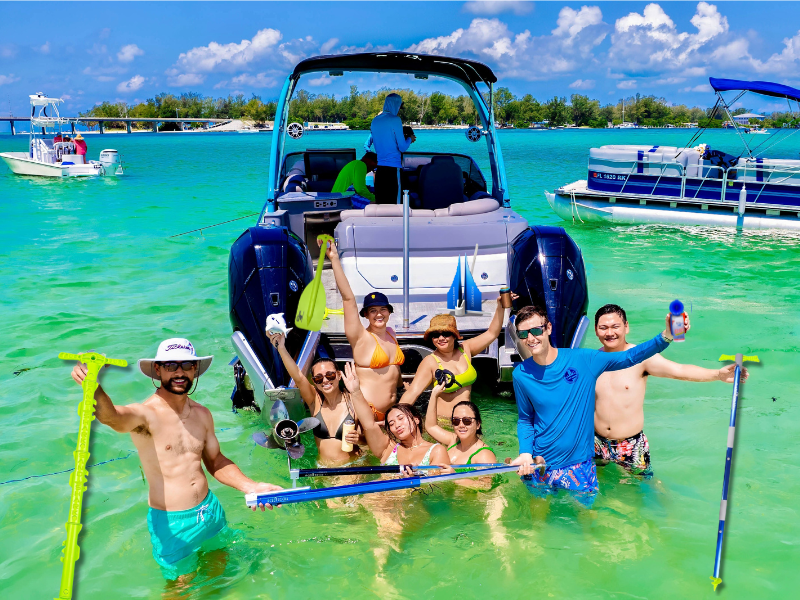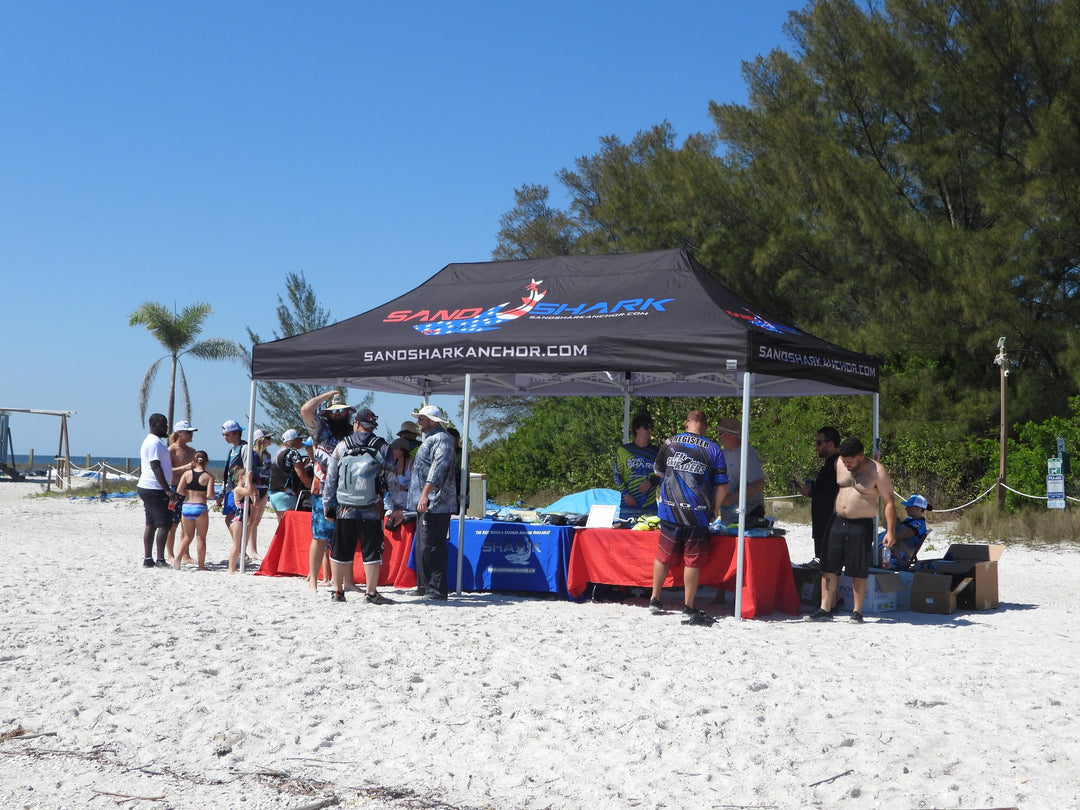choosing the Right Anchor: More Than Just Size
Selecting the correct anchor for your boat isn’t an exact science. Several variables come into play, including the type of boat, water and weather conditions, the length of line and chain (rode) used, and more. It’s important to remember that the anchor itself is just one component of a complete anchoring system—each part plays a role in holding your boat securely in place.
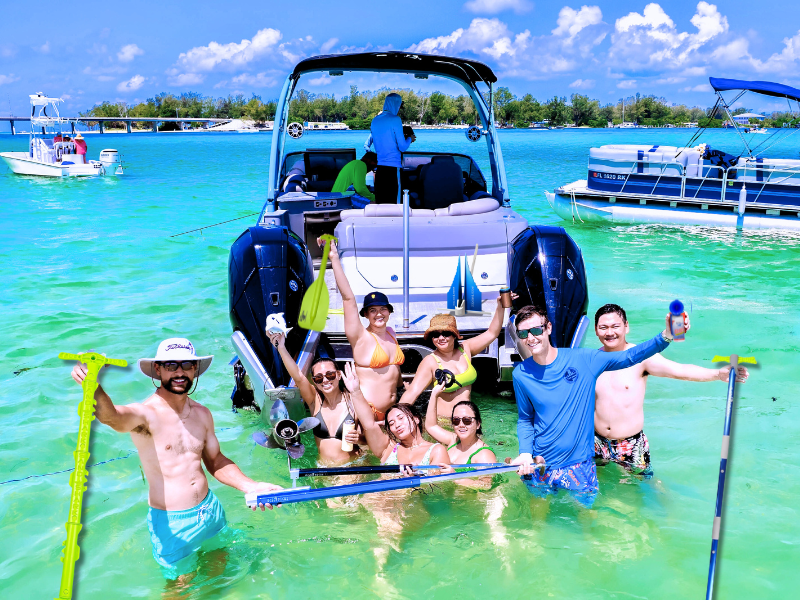
Why Anchor Line Matters: Absorbing the Shock
The anchor line is a vital component of your anchoring system. Its natural stretch and elasticity help absorb shock loads from waves and wind, preventing sudden jerks that could damage your gear. Both 3-strand twisted and braided nylon lines are excellent choices for this purpose, offering strength and flexibility where it counts.
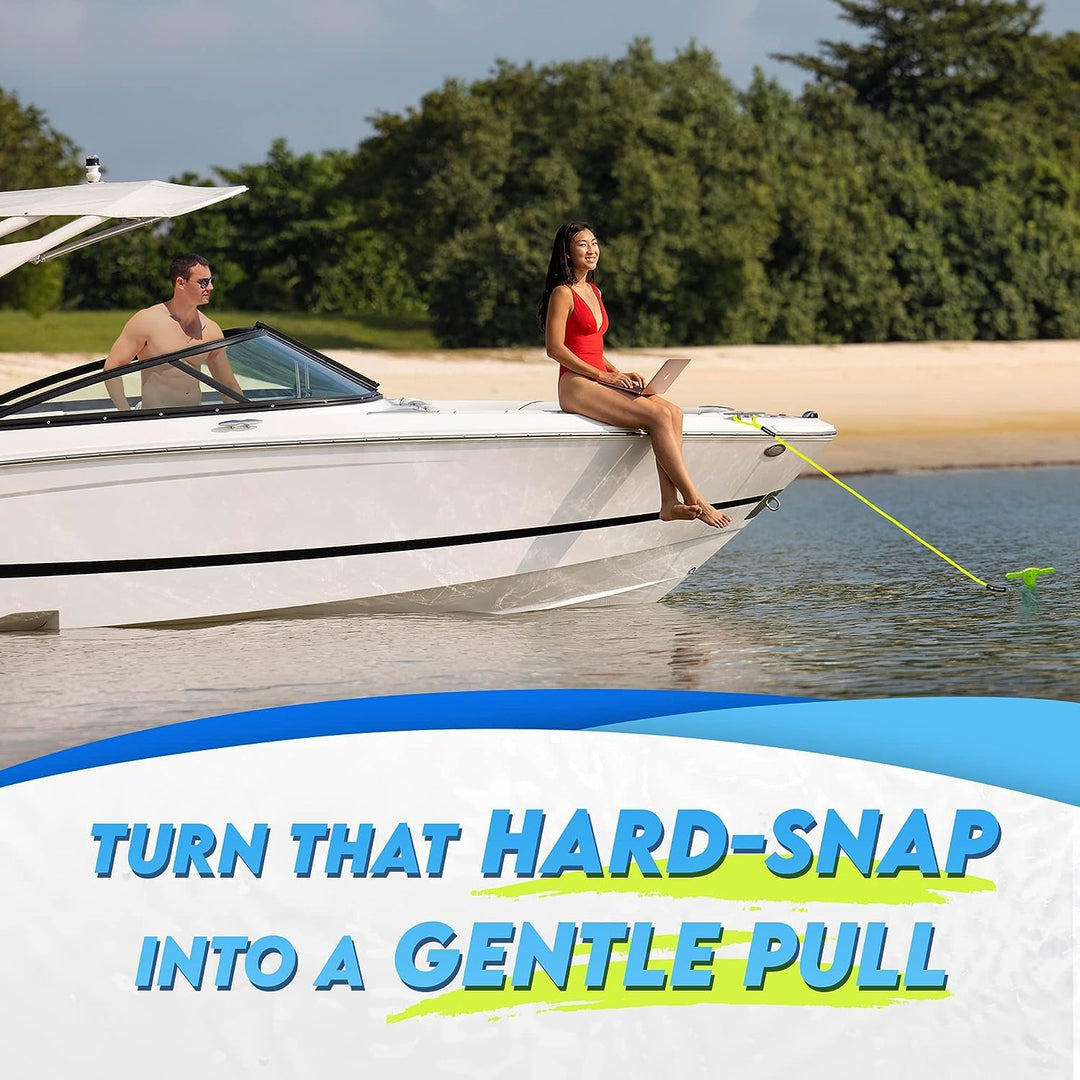
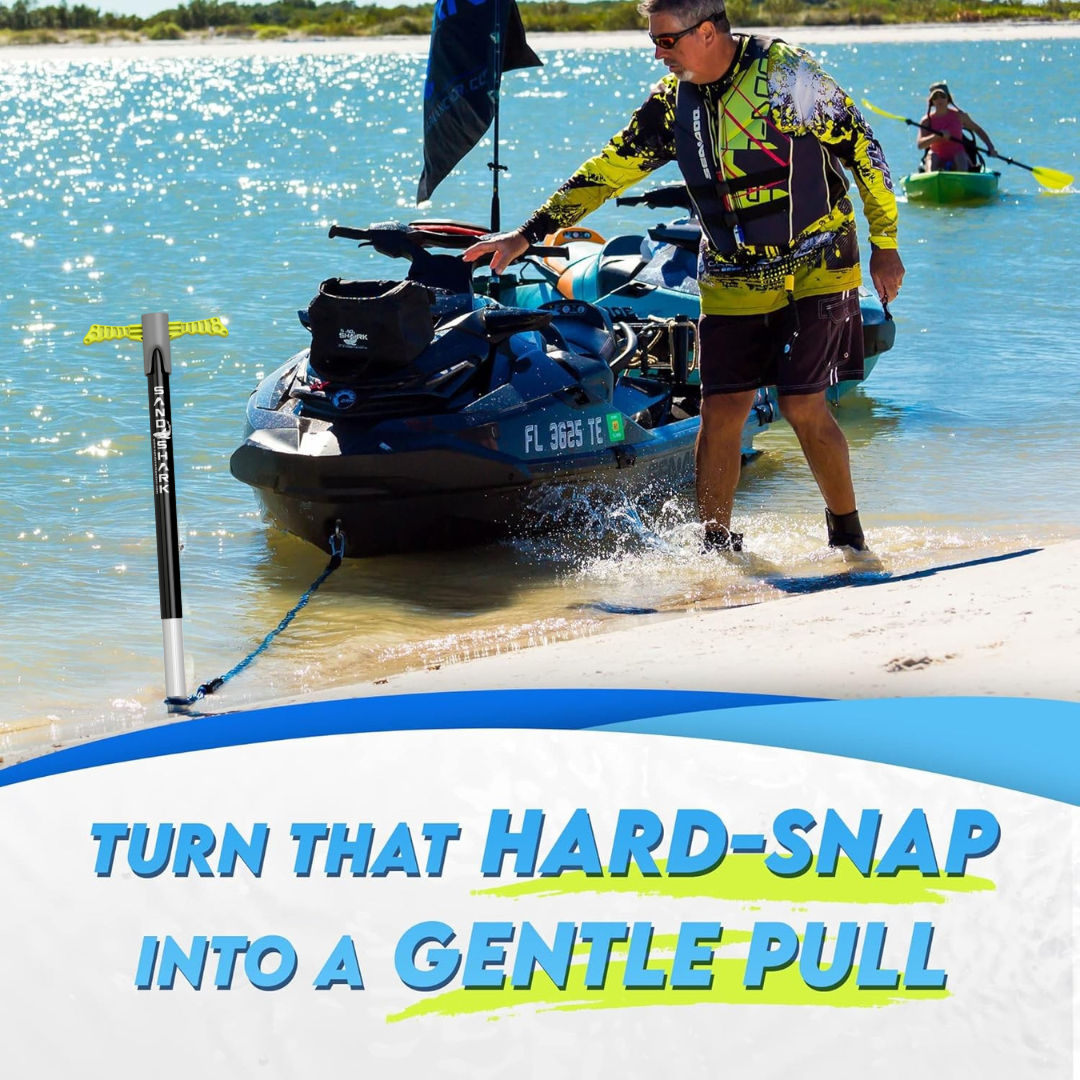
The Role of Lead Chain in Secure Anchoring
The lead chain plays a key role in anchoring by adding weight near the anchor's shank, helping it set more effectively into the bottom. This added weight improves the anchor’s bite, especially in challenging conditions. Lead chains are typically made of galvanized or stainless steel, and often come with a vinyl coating to protect your boat from scratches and wear.
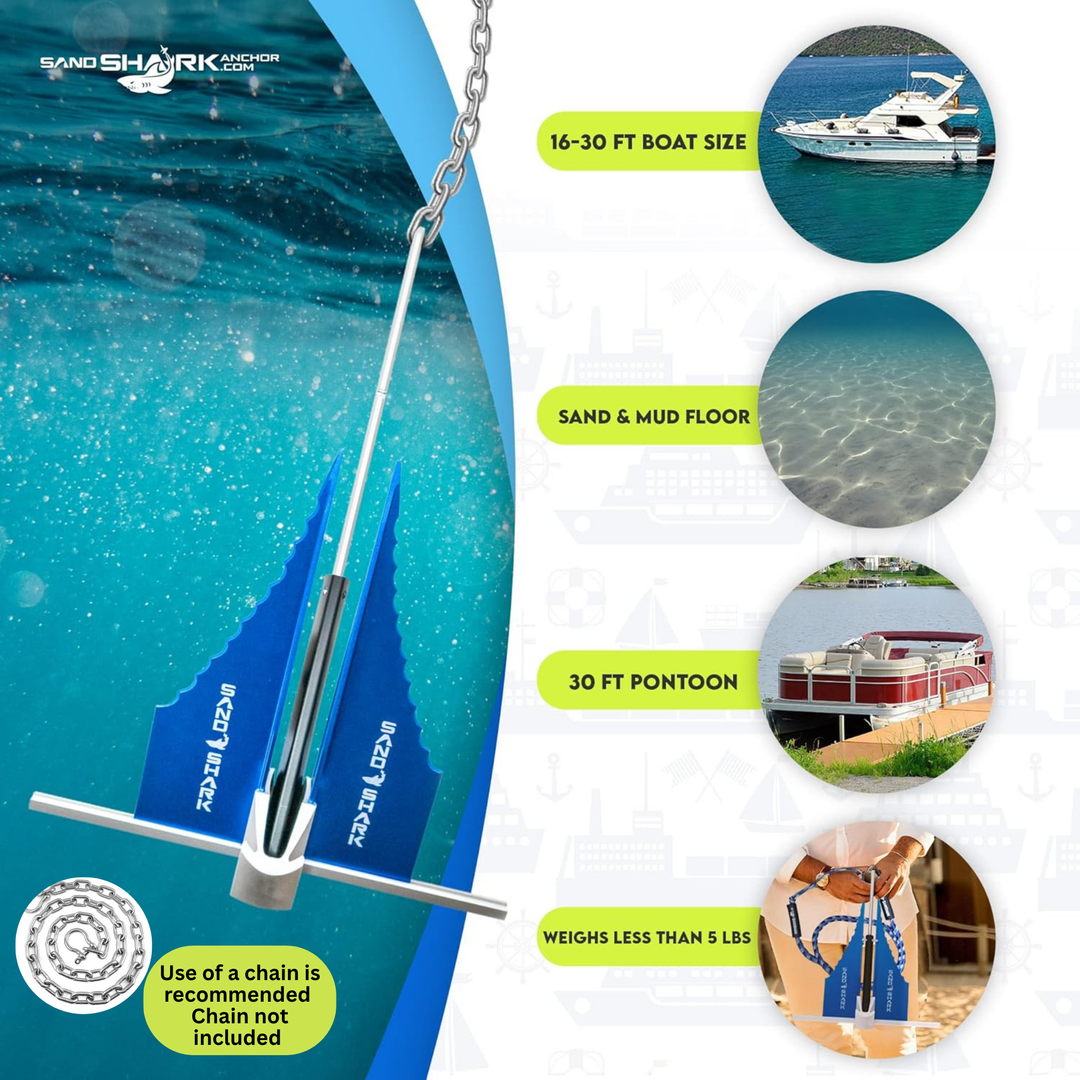
Matching Your Anchor to the Bottom Type
The type of bottom you anchor in greatly affects performance. Whether you're dealing with mud, sand, grass, weeds, or rocky terrain, it's essential to choose an anchor that’s suited for the conditions. For boaters expecting to encounter a variety of bottom types, versatile options like plow or scoop-style anchors offer reliable holding power across the board.
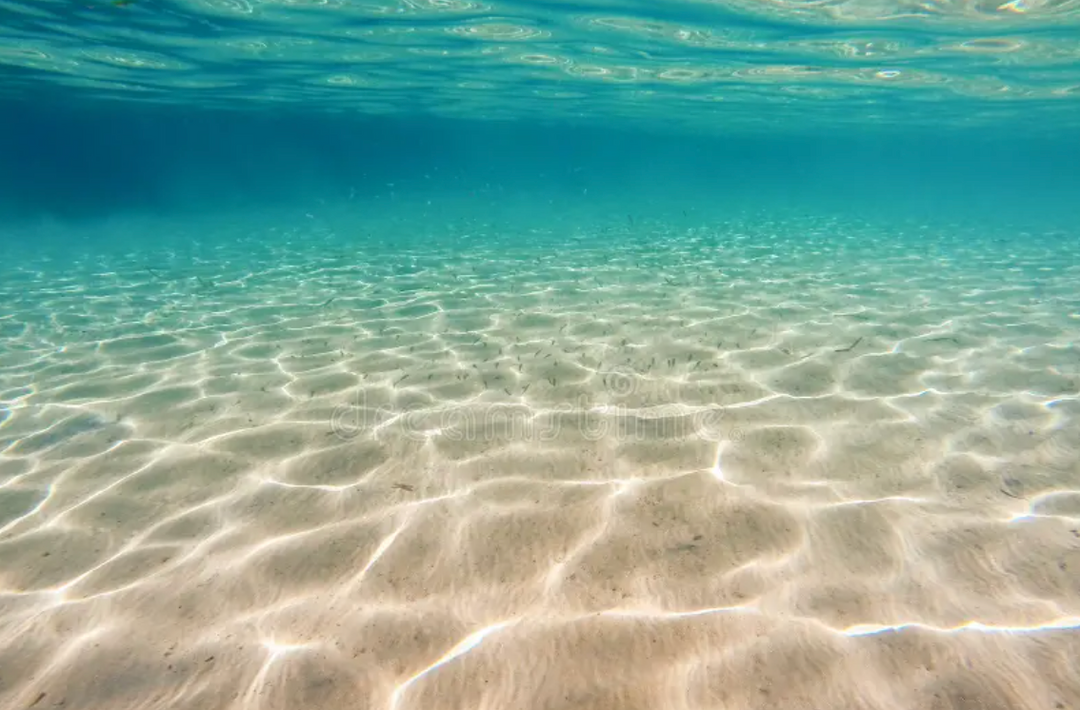
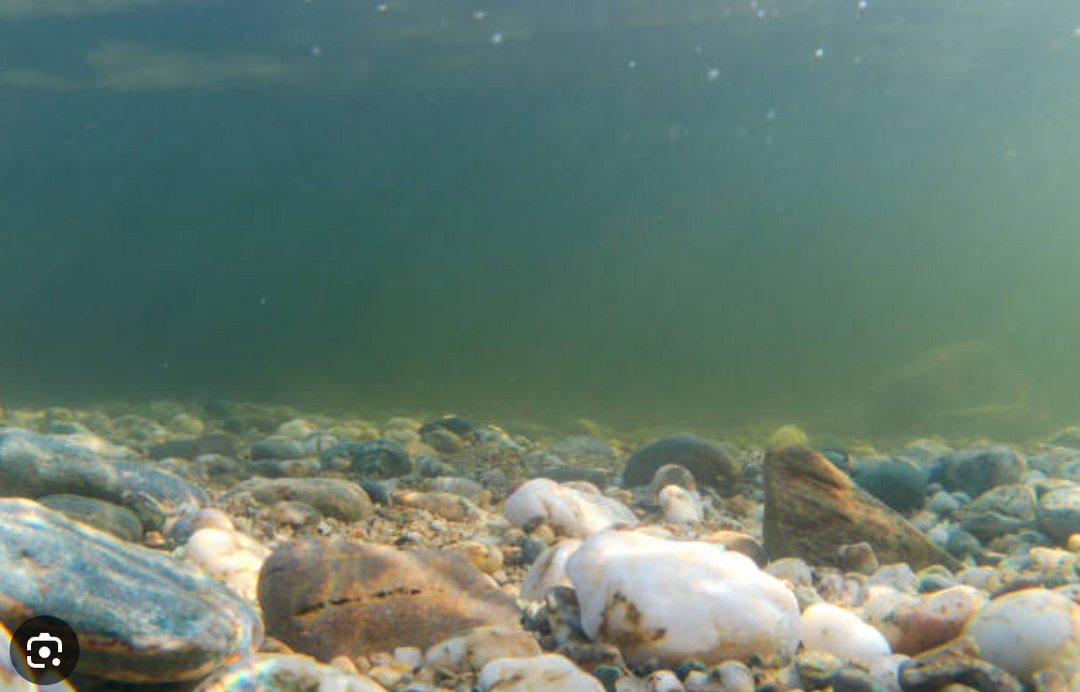
Choosing an Anchor Based on Weather Conditions
Weather plays a major role in anchor selection. In coastal or open waters, your boat is exposed to wind, waves, and strong currents—demanding a heavier, more robust anchor and longer rode for secure holding. In contrast, anchoring in rivers or small lakes is typically less demanding, as conditions are calmer and the risk of drift is lower. Matching your anchor setup to expected weather conditions is essential for safe and effective anchoring.

Boat Length and Anchor Sizing
Boat length is the starting point when choosing the right anchor—it serves as a general guideline for selecting the appropriate size. However, recommended sizes are often based on calm, ideal conditions. If you're boating in areas with strong winds, currents, or unpredictable weather, it's wise to size up. When in doubt, going one anchor size larger can provide added security and peace of mind.
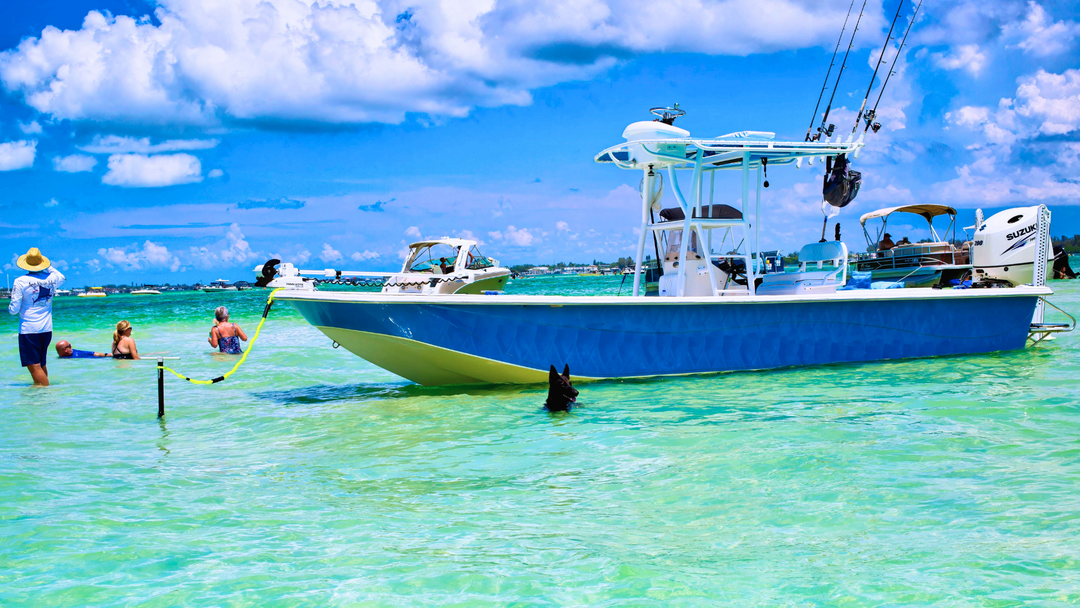
Learn with Videos
Watch in-depth tutorials on using, maintaining, and troubleshooting your Sand Shark anchors and accessories. See them in action with real-world demos.
Our Warranty Promise
We stand behind our products. Explore our warranty coverage, hassle-free returns, and product replacement policies to shop with confidence.
Need Help?
Got a question or issue? Our support team is here for you! Submit a ticket, and we’ll get back to you ASAP with expert assistance.


